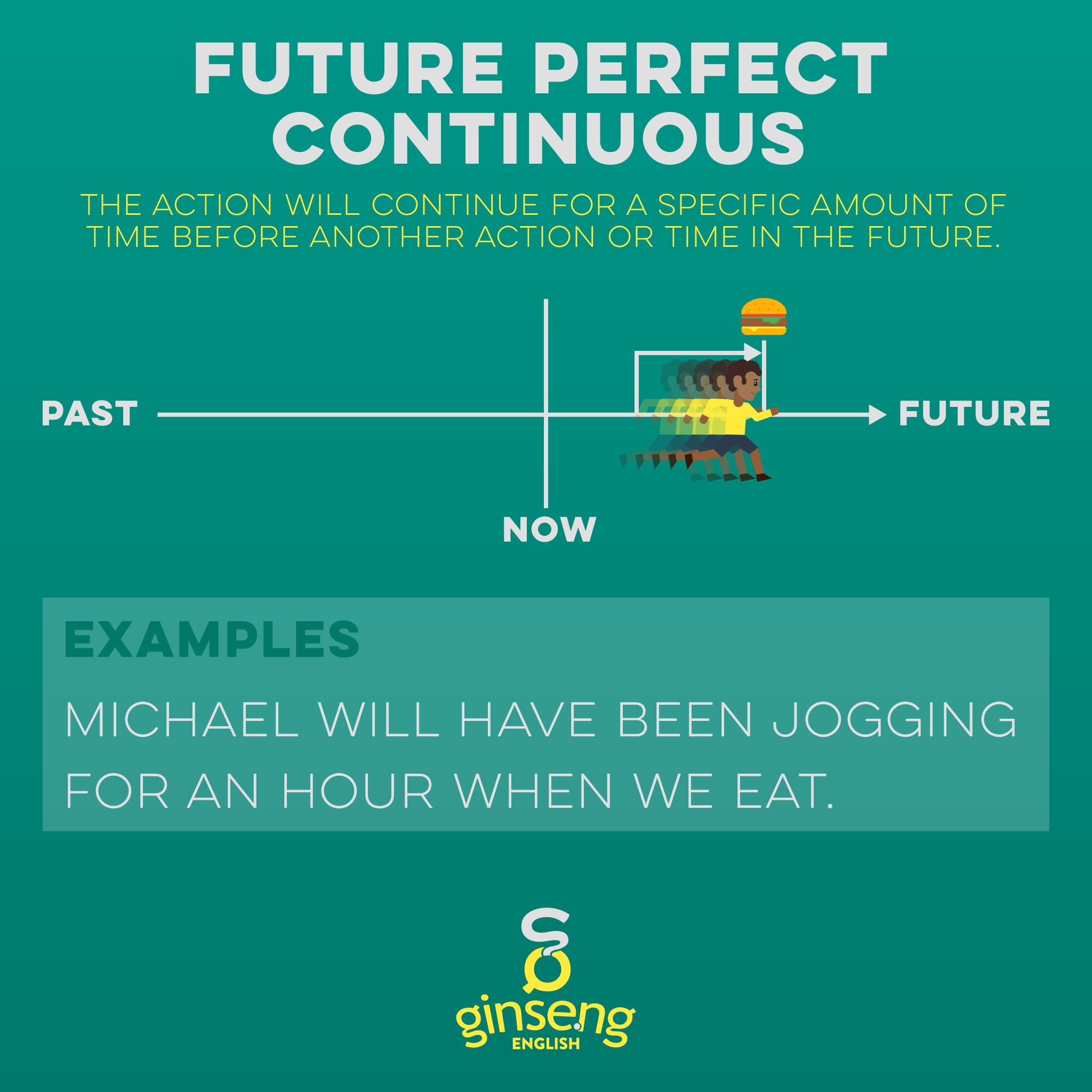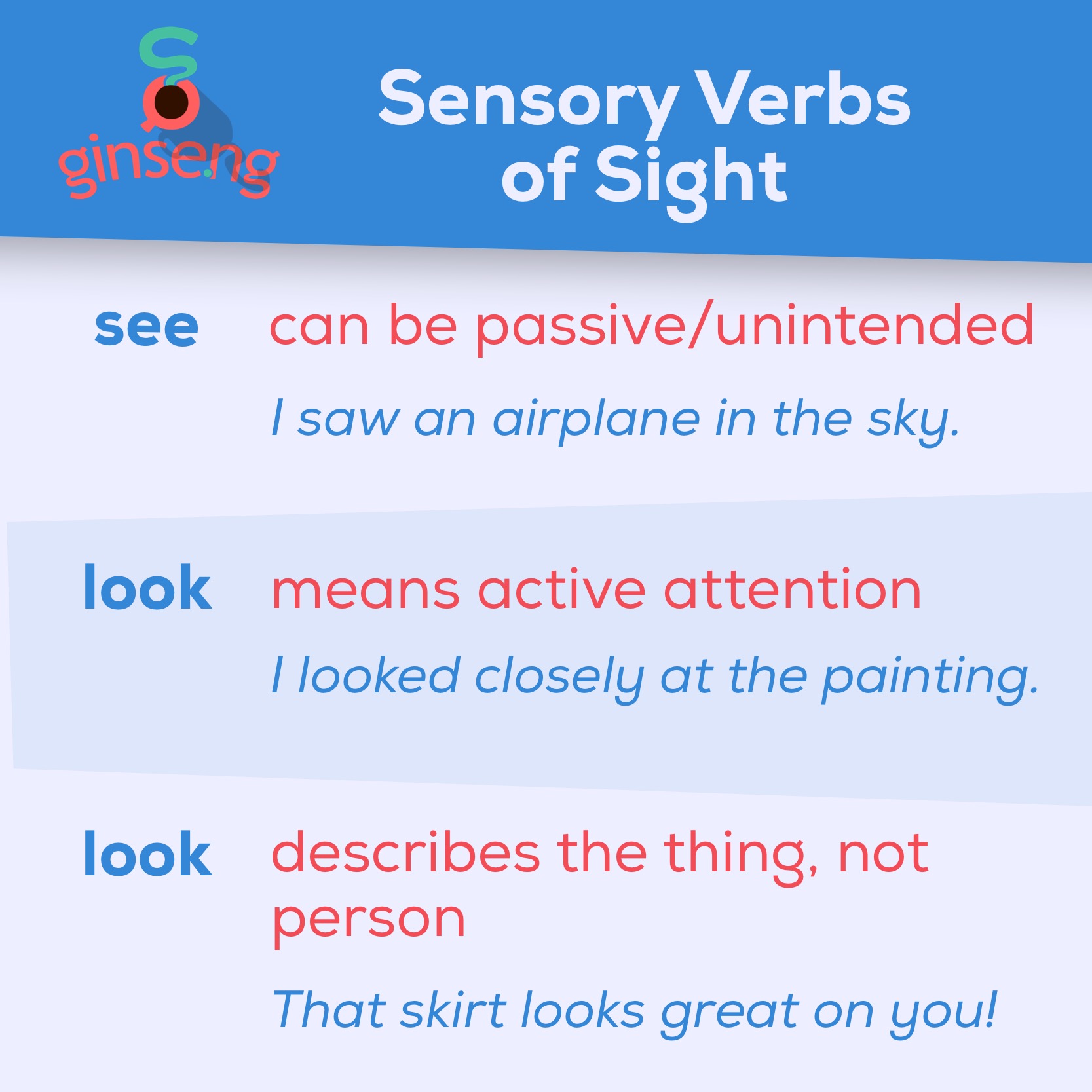What are This, That ,These, and Those?
This, that, these, and those are called demonstratives.
Demonstratives are grammar words that we use to show if an object or idea is close to or far from the person speaking. You can say that we use demonstratives to demonstrate where things are and how many there are.
This and that are both singular demonstratives. These and those are both plural.
This hat is Jayne's.
That scarf is Ennio's
These sneakers are Santiago'sThose gloves are Maya's
This and these are used for things that are here, close to the speaker. That and those are used for things that are there, far from the speaker. Close and far here can mean physical distance or psychological distance.
This pen here is Jayne's
These keys I'm holding are Ennio's
That stapler over there is Santiago'sThose books on the table are Maya's
There are two ways that we use the determiners this, that, these, and those. We can use them as pronouns or as determiners.
Demonstrative Determiners
Demonstrative determiners come before a noun, as part of the noun phrase. Because they come before a noun, demonstrative determiners are sometimes inaccurately called demonstrative adjectives.
this fish
that squid
these clams
those crabs
Demonstrative determiners give us information about the quantity and location of nouns. If we say this apple, we know there is one apple, and it's right here. If someone says those apples, it usually means many apples, and they are over there, not close to the speaker.
This and that are both singular, meaning they only talk about one thing. This is for a thing that is close to us, and that is for a thing that is far away. These and those are both plural, used to talk about many things. These is for things that are close to us, and those is for things that are far away.
This, that, these, and those are all demonstratives: they demonstrate where things are and how many there are. In the examples above, they all come before nouns, which makes them determiners. But these same four words can also be used without nouns, acting as pronouns. In that case they are called demonstrative pronouns.
Demonstrative Pronouns
Today, we will take a look at another, similar way to use this, that, these, and those. We can also use these words without a noun after them. For example, we can say, "This is a hammer." Here, this doesn't go before the subject of the sentence; it is the subject of the sentence. It works takes the place a noun and represents the thing, the hammer. Words that stand in place of a noun are called pronouns. So in these sentences, this, that, these, and those are called demonstrative pronouns. See the graphic below for some more examples.
One more time, if they come directly before a noun, this, that, these, and those are called demonstrative determiners. If they replace a noun, acting as a subject or object, they are called demonstrative pronouns.
Notice that the meanings are the same for demonstrative determiners and demonstrative pronouns. This and that are both singular. These and those are both plural. This and these are both for things that are close. That and those are both for things that are over there.
Other free grammar resources





